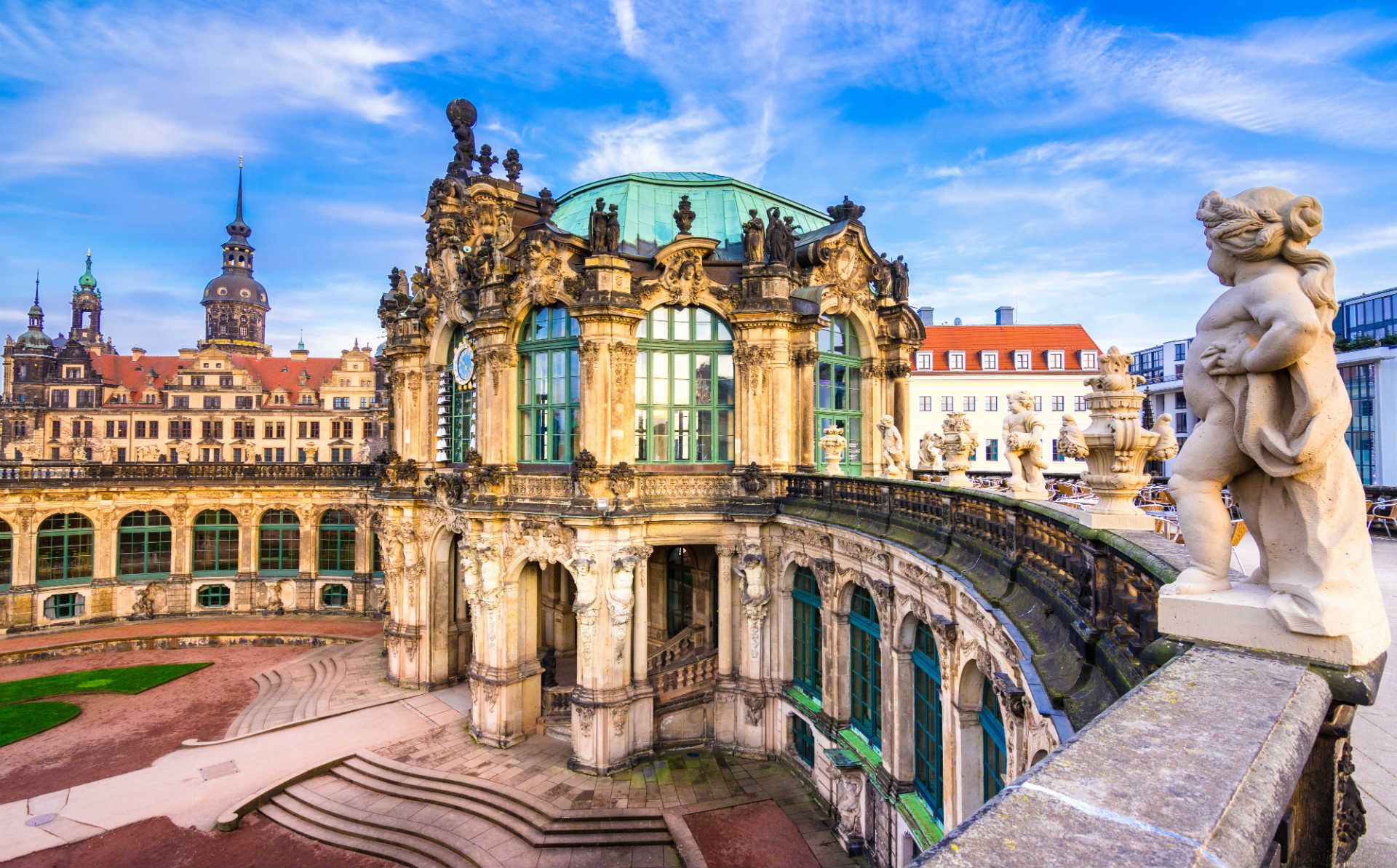What are the best castles to visit in Saxony?
If you’re planning a Germany itinerary that goes beyond the usual big cities, it’s time to look east – Saxony castles are among the most impressive in the country. This is where medieval fortresses sit on cliffs, Renaissance palaces line the Elbe, and Baroque masterpieces rise from perfectly mirrored lakes. And the best part? Many of them are still under the radar for international visitors.
Expect variety. Some castles in Saxony are defensive beasts, like the sprawling hilltop Königstein Fortress. Others, like Moritzburg Castle, are all about flair – built to entertain royals and show off wealth. Then you’ve got Colditz, infamous for WWII POW escapes, and Albrechtsburg, considered Germany’s first proper royal residence.
What makes Saxony castles stand out isn’t just their architecture – it’s their settings. Forested hills, river valleys, and wine-growing villages add to the drama. Plus, many are an easy day trip from Dresden or Leipzig.
For travelers chasing fairytale views, historical depth, and fewer crowds, Saxony delivers. These castles are not just photogenic – they’re some of the best places to visit in Germany if you want real stories behind the stonework.
1. Albrechtsburg Castle
Perched on a hill above the Elbe River in Meissen, Albrechtsburg Castle is a late Gothic showpiece – and one of the best castles in Saxony. Built in the 15th century, it was the first castle in Germany designed purely as a royal residence, setting the tone for centuries of stately living.
It later became the birthplace of European porcelain when Augustus the Strong established the Meissen porcelain factory here in 1710 – a bold move that turned Saxony into a global ceramics player. You can still sense that legacy throughout the castle’s halls and exhibitions.
Inside, restored 19th-century wall paintings tell Saxony’s story room by room. For a deeper dive, grab a HistoPad – a digital guide that brings three time periods to life. It lets you “attend” a 1493 farewell banquet for Frederick the Wise, explore hidden art collections from World War II, and get behind the scenes of 18th-century porcelain production.
A mix of cutting-edge tech and deep history makes Albrechtsburg not just a top castle visit, but one of the more underrated things to do in Germany for culture lovers. It’s where Saxon tradition meets innovation, with killer river views to match.













